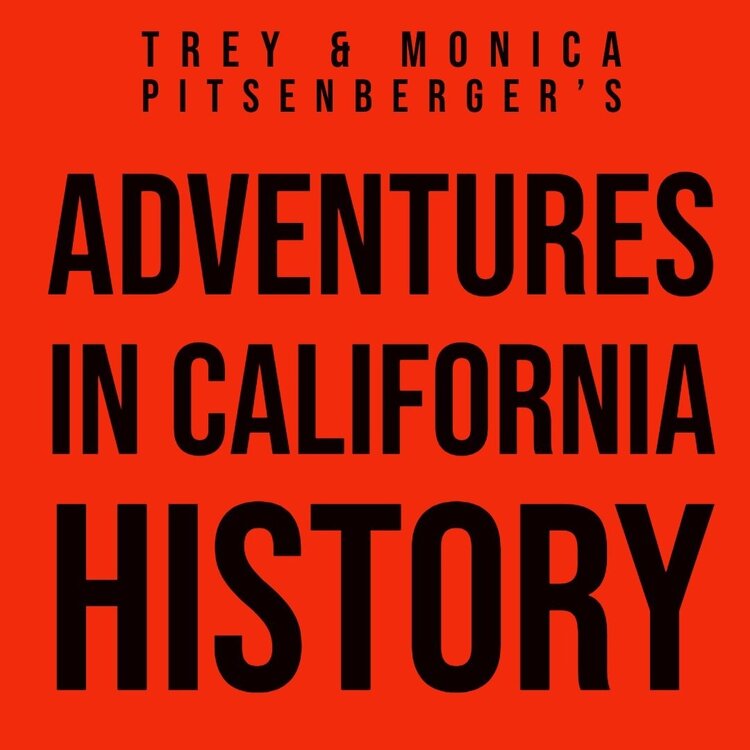The future of garden bio-diversity rests in the hands of thousands of amateur gardeners. As the large concerns continue to hybridize and focus on the "best sellers", other more unusual varieties are shut out, and potentially lost. It's through the efforts of individuals, and the ability of The Internet to connect people that many varieties will be saved.
According to sfgate.com, "Moon & Stars" Watermelon "was introduced in 1926 by Peter Henderson and Company, the melon had disappeared from the commercial market for decades and was thought extinct when, in 1981...Kent Whealy, cofounder of Seed Savers Exchange, was contacted by Merle Van Doren of Macon, Mo., who was growing the melon and gave Whealy some of the seeds from the melons he grew. The Southern Exposure Seed Exchange re-introduced the oblong 'Amish Moon & Stars'".
The variety was thought extinct. The efforts of a couple of people saved the variety, which is now sold by many seed houses. What other varieties of fruit, vegetables, or flowers would be lost if not for the efforts of a few people? Now with the connective qualities of The Internet, we can share these rare seeds for future gardeners. It's really quite exciting. The future of gardening is in the hands of individuals working together. I think it's in good hands.
